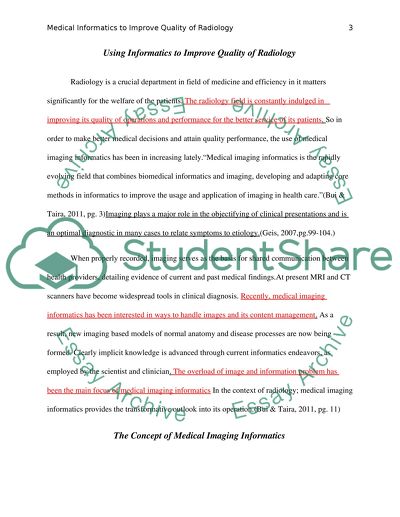Cite this document
(“Medical Informatics to Improve Quality of Radiology Research Paper”, n.d.)
Medical Informatics to Improve Quality of Radiology Research Paper. Retrieved from https://studentshare.org/health-sciences-medicine/1581853-using-informatics-to-improve-quality-of-radiology
Medical Informatics to Improve Quality of Radiology Research Paper. Retrieved from https://studentshare.org/health-sciences-medicine/1581853-using-informatics-to-improve-quality-of-radiology
(Medical Informatics to Improve Quality of Radiology Research Paper)
Medical Informatics to Improve Quality of Radiology Research Paper. https://studentshare.org/health-sciences-medicine/1581853-using-informatics-to-improve-quality-of-radiology.
Medical Informatics to Improve Quality of Radiology Research Paper. https://studentshare.org/health-sciences-medicine/1581853-using-informatics-to-improve-quality-of-radiology.
“Medical Informatics to Improve Quality of Radiology Research Paper”, n.d. https://studentshare.org/health-sciences-medicine/1581853-using-informatics-to-improve-quality-of-radiology.


